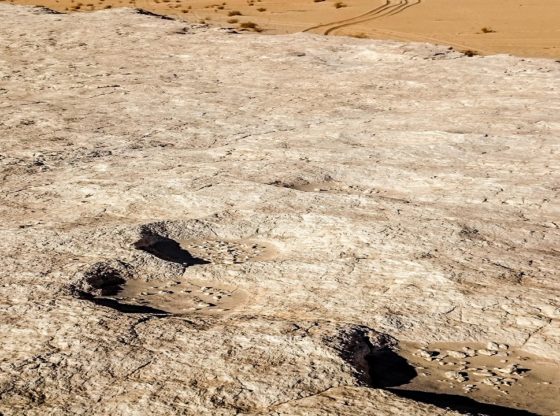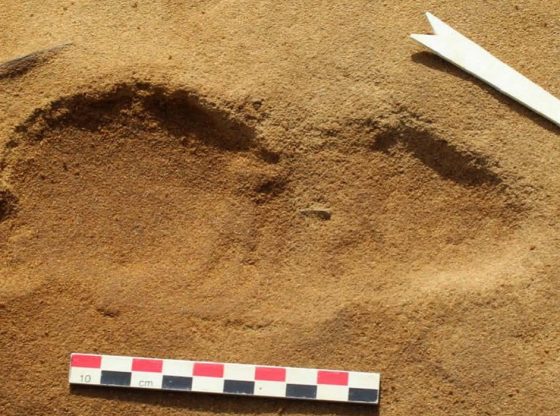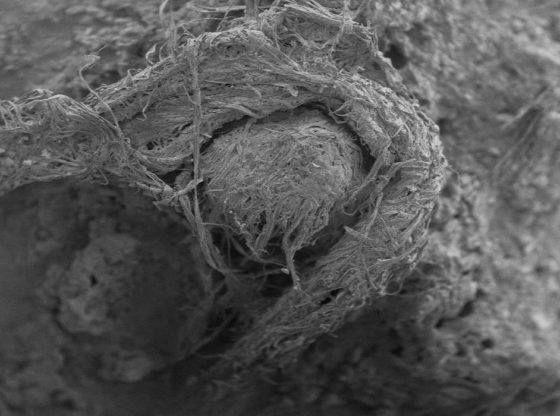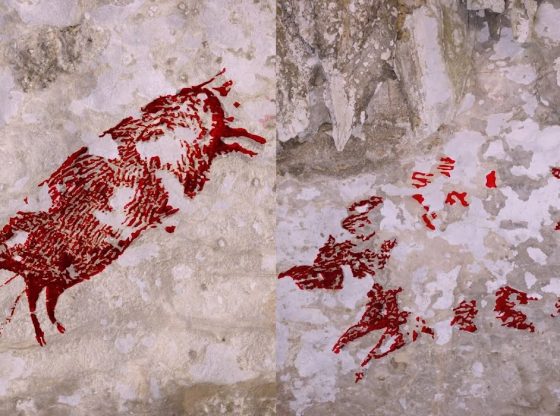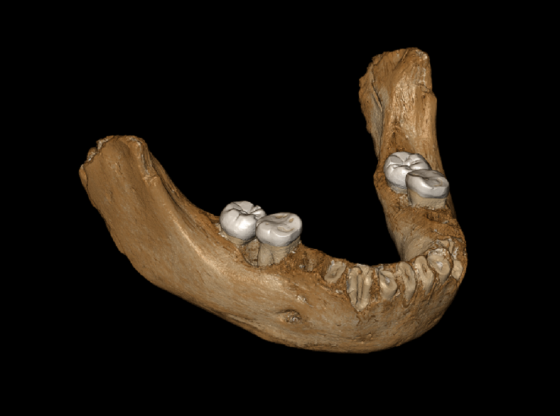The world’s oldest human foot prints have been found in Crete. The 5.7 million years old fossil footprints cast doubt on human evolution timeline.
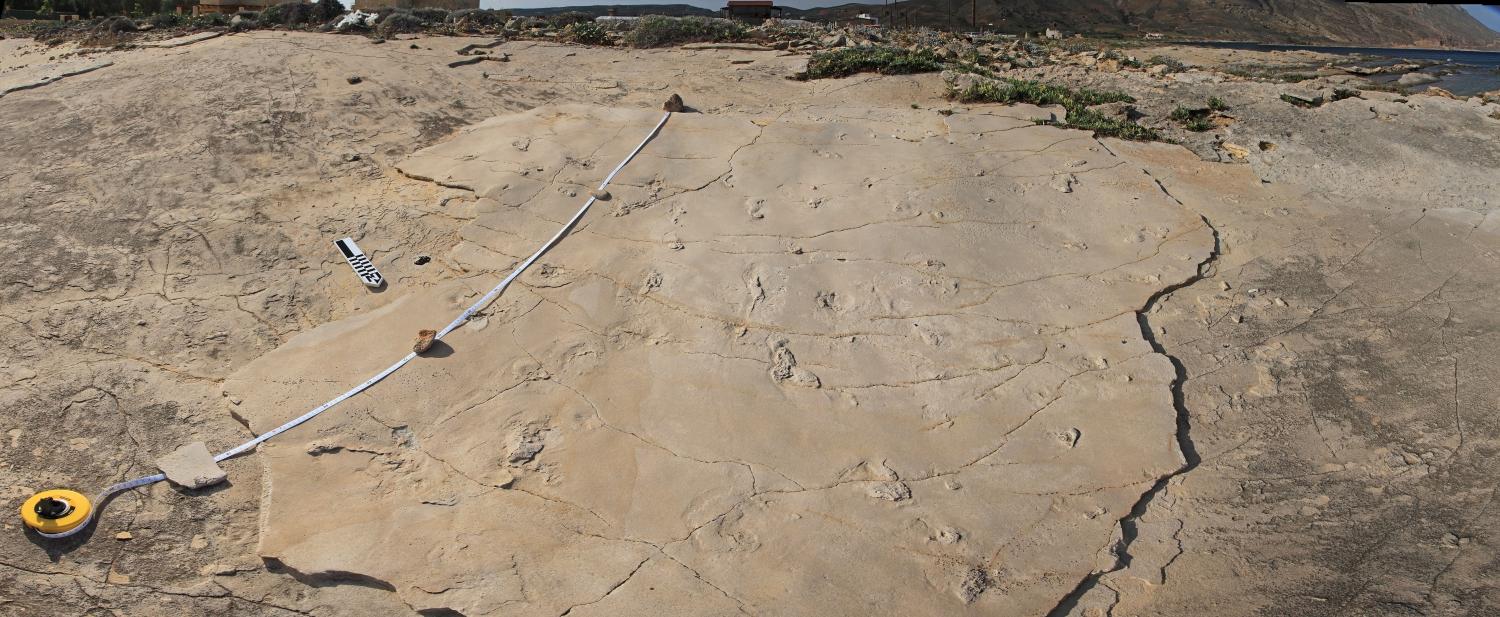
Credit: Andrzej Boczarowski
The research by scientists from Uppsala University in Sweden and Bournemouth University in the UK resulted in a study published in the journal Proceedings of the Geologists’ Association.
Their discovery is controversial. It shows that human evolution began far earlier than previously thought and it also contradicts the perception that there were no early human ancestors beyond Africa.
The footprints are approximately 5.7 million years old and left for posterity in erosion-exposed sandstone in northwestern Crete. First discovered by Polish paleontologist Gerard Gierlínski.
Gerard and his colleague Gregorz Niedzwiedzki, both are now at Uppsala University, were struck by the similarities of these prints and that of human prints they’ve seen in moist sand. Prompting a more thorough scientific analysis.
Hominin footprints
The in-depth analysis of the footprints was done by an international multidisciplinary research team, led by Per Ahlberg at Uppsala University. It fully confirms that the resemblance as first noted by Gierlínski and Niedzwiedzki was more than a coincidence.
The research team concludes that the similarities of the impressions in Crete and human footprints are so many that it can be fully ruled out that they are randomly formed structures in the mountain. Also, their appearance differs from all other terrestrial animals, including those from our closest now-living relative, the chimpanzee (Bonobo).
The impression of the big toe in the footprints is similar to that of a human being, both in size and shape. Compared to our now living closest relatives, the great apes, they all have footprints that look more like a human hand, with a thumb that stands out aside.
Similarities with ‘Lucy’
The footprints of Crete have great resemblances to the world-famous fossil footprints of humans – possibly the same species as Lucy – found in Laetoli, Tanzania, just over 40 years ago. The big difference between them is the dating.
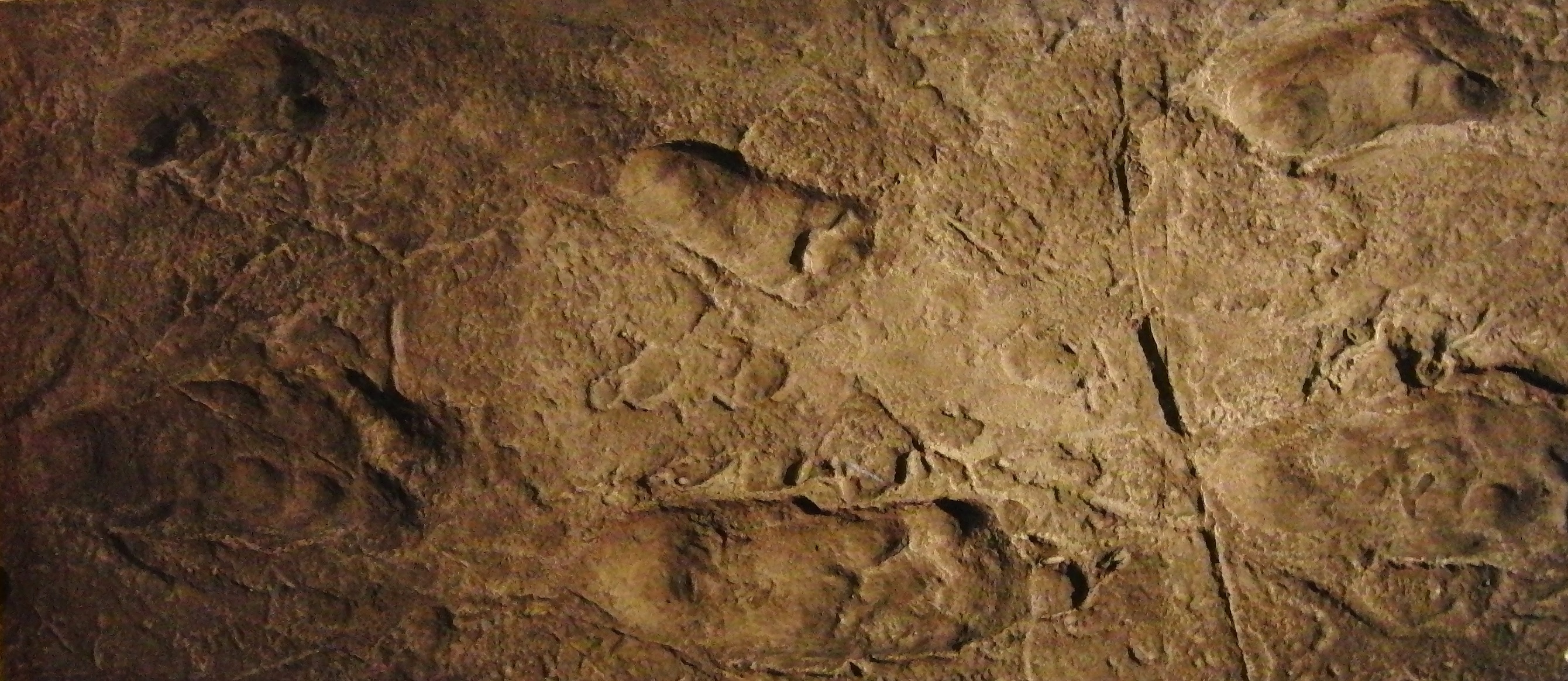
The footprints in Crete are two million years older than those of Laetoli. Nevertheless, the impressions in Crete have significantly less ape-like features than those of the one million years younger human ancestor ‘Andipithecus ramidus’, whom many researchers claim to be a direct ancestor of both Lucy and ourselves.
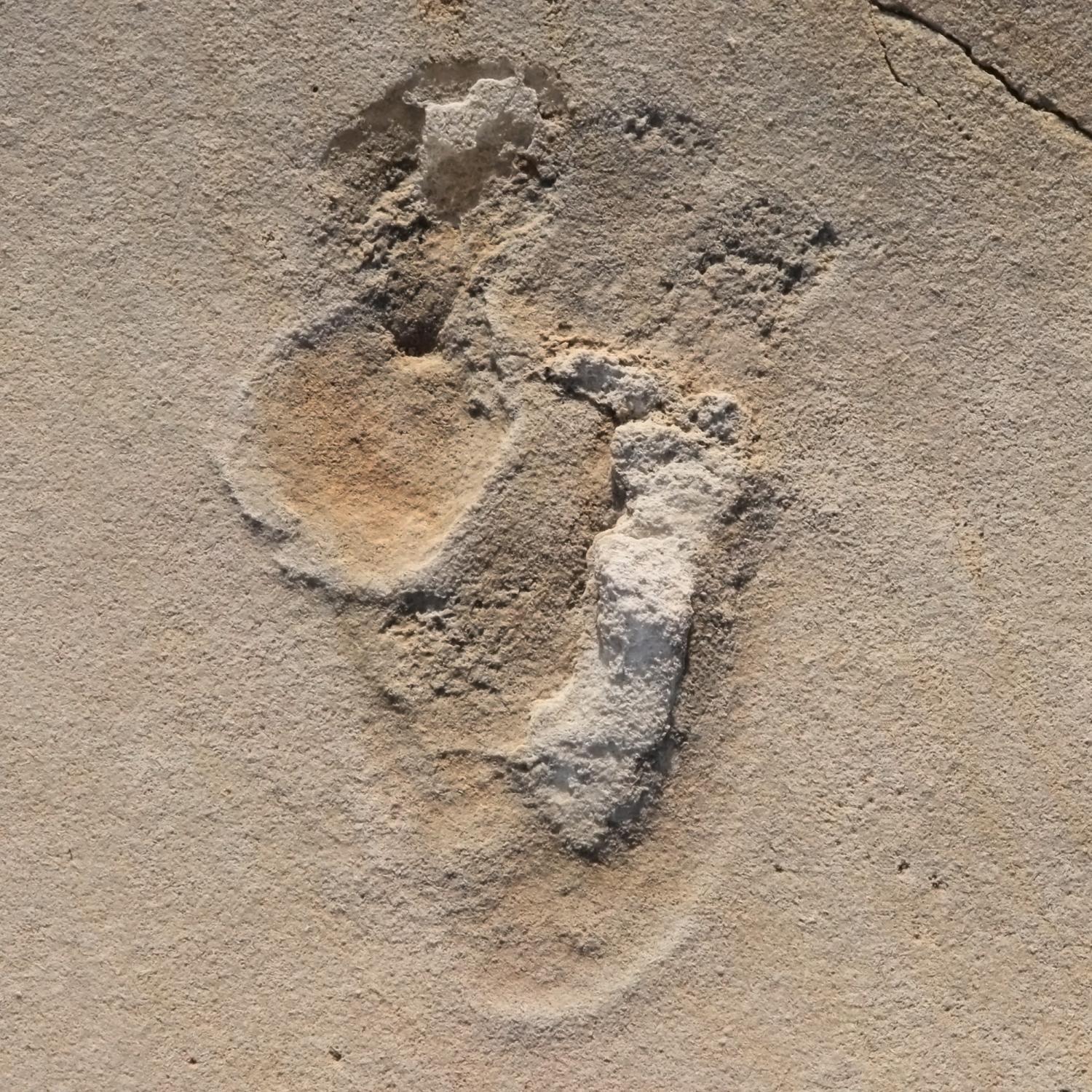
The famous hominin Lucy belongs to the genus Australopithecus, a meter-high, two-legged predecessor to the modern man whose skeleton was found in Ethiopia in the 1970s.
Europe and not Africa
Then there is the other elephant in the room to address, the possibility that there were human ancestors 5.7 million years ago in Crete contradicts the perception that hominids evolved in Africa and was limited to the African continent for the first 2 million years when some of them started to emigrate to Europe and Asia.
The only way to get to Crete 5.7 million years ago was via mainland Greece, therefore, there must have already been people in other parts of south-eastern Europe and along the eastern Mediterranean coast at this point in time.
The print morphology suggests that the trackmaker was a basal member of the clade Hominini, but as Crete is some distance outside the known geographical range of pre-Pleistocene hominins we must also entertain the possibility that they represent a hitherto unknown late Miocene primate that convergently evolved human-like foot anatomy.
At this time in history, circa 5 to 6 million years ago, there was no Sahara Desert. Instead, a large savannah stretched from North Africa to the Mediterranean. Crete was still attached to the Greek mainland, so the study researchers have no trouble seeing early people walking over to Crete, putting down their footprints on a sandy beach.
This was also a period in time, prior to the era of ice ages began, known as the Pliocene-Quaternary glaciation. This period started about 2.58 million years ago during the late Pliocene when the spread of ice sheets in the Northern Hemisphere began.
Scepticism in the scientific community
The fact that these footsteps, if indeed from humans, are not only the oldest ever discovered – but that they were found in Europe, is very controversial, since most researchers believe that human’s predominantly developed in Africa.
The study results are met with a great deal of skepticism from other researchers and the study was rejected by a number of scientific journals until being published in the journal Proceedings of the Geologists’ Association.
Reference:
Per Erik Ahlbergb, Gerard D. Gierlińskia, Grzegorz Niedźwiedzkib et al. Possible hominin footprints from the late Miocene (c. 5.7 Ma) of Crete? Received 7 April 2017, Revised 24 July 2017, Accepted 25 July 2017, Available online 31 August 2017 https://doi.org/10.1016/j.pgeola.2017.07.006



